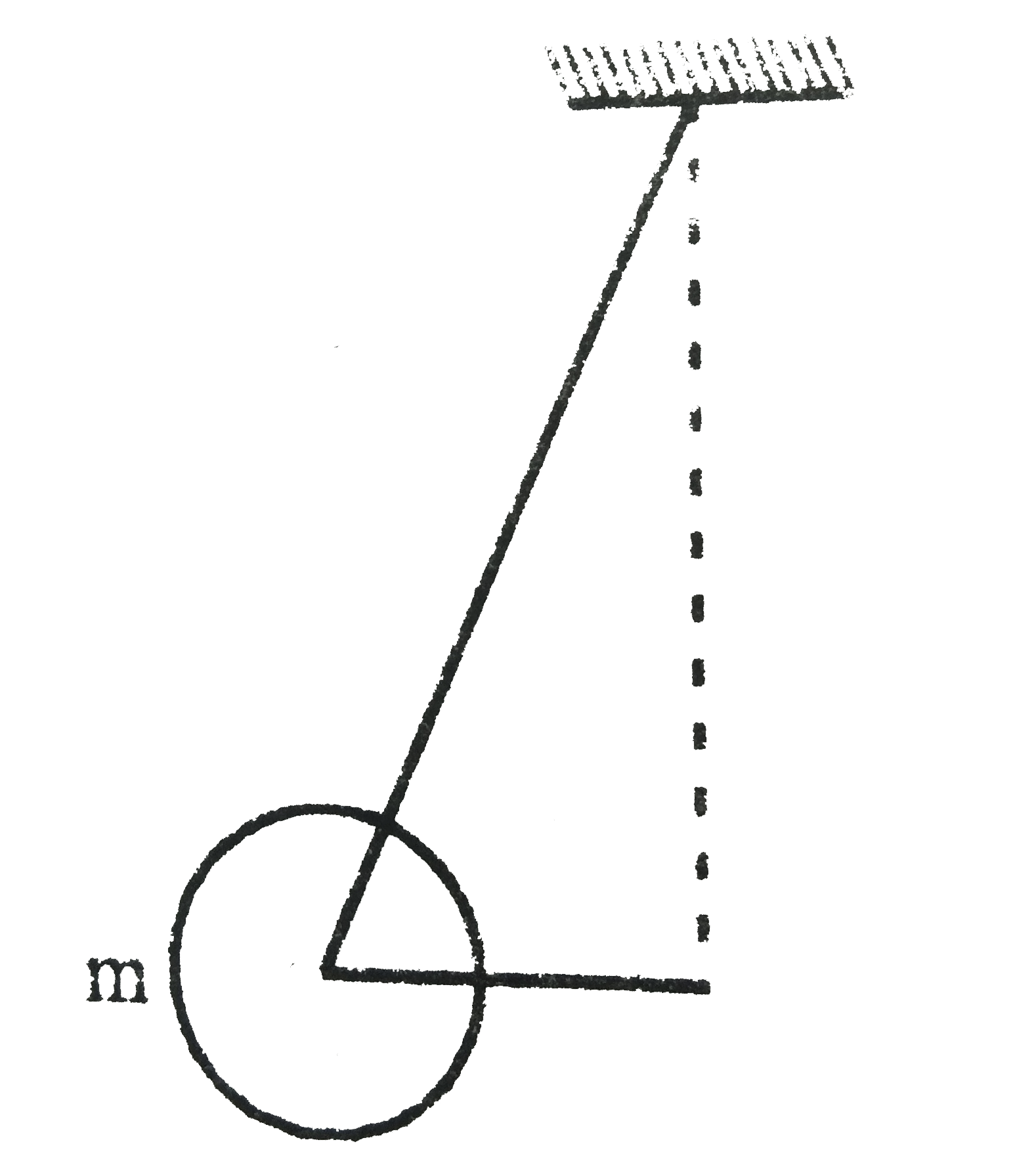The speed(v) of a particle moving along a straight line is given by v=(t2+3t−4 where v is in m/s and t in seconds. Find time t at which the particle will momentarily come to rest. Solution in Gujrati
(i) Here f(x)=sinx,g(x)=x So, f'(x)=cosx,g'(x)=1
Therefore dydx=(cosx)(x)−(sinx)(1)x2=xcosx−sinxx2
(ii) Here f(x)=4x3,g(x)=ex So f'(x)=12x2,g'(x)=ex
Therefore, dydx=12x2(ex)−4x3(ex)(ex)2=12x2−4x3ex
Topper's Solved these Questions
- BOOK - ALLEN CHAPTER - BASIC MATHSEXERCISE - Exercise-0253videos
BASIC MATHS
- BOOK - ALLEN CHAPTER - BASIC MATHSEXERCISE - Exersice-037videos
BASIC MATHS
- BOOK - ALLEN CHAPTER - AIIMS 2019EXERCISE - PHYSICS39videos
AIIMS 2019
- BOOK - ALLEN CHAPTER - CIRCULAR MOTIONEXERCISE - EXERCISE (J-A)6videos
CIRCULAR MOTION
Similar Questions
Two vectors →A and →B are such that →A+→B=→A−→B. Then
05:35View SolutionThe direction of the angular velocity vector is along
02:04View SolutionA simple pendulum executing SHM in a straight line has zero velocity at 'A' and 'B' whose distances form 'O' in the same line OAB are 'a' and 'b'. If the velocity half wat between them is 'v' then its time period is
05:24View SolutionA ball of mass (m)0.5kg is attached to the end of a string having length (L)0.5m. The ball is rotated on a horizontal circular path about vertical axis. The maximum tension that the string can bear is 324N. The maximum possible value of angular velocity of ball (radian/s) is -
 .04:40View Solution
.04:40View SolutionA particle moves along a straight line and its velocity depends on time as v = 3t - t^2. Here, v is in m//s and t in second. Find (a) average velocity and (b) average speed for first five seconds.
03:03View SolutionA particle in moving in a straight line such that its velocity is given by v=12t-3t^(2) , where v is in m//s and t is in seconds. If at =0, the particle is at the origin, find the velocity at t=3 s .
02:36View SolutionThe velocity 'v' of a particle moving along straight line is given in terms of time t as v=3(t^(2)-t) where t is in seconds and v is in m//s . The distance travelled by particle from t=0 to t=2 seconds is :
03:03View SolutionThe velocity 'v' of a particle moving along straight line is given in terms of time t as v=3(t2−t) where t is in seconds and v is in m/s.
The displacement of aprticle from t=0 to t=2 seconds is :02:06View SolutionThe velocity 'v' of a particle moving along straight line is given in terms of time t as v=3(t2−t) where t is in seconds and v is in m/s.
The speed is minimum after t=0 second at instant of time02:18View SolutionThe velocity of an object moving rectillinearly is given as a functiion of time by v=4t-3t^(2) where v is in m/s and t is in seconds. The average velociy if particle between t=0 to t=2 seconds is
02:19View SolutionThe speed (v) and time (t) for an object moving along straight line area related as t2+100=2vt where v is in meter/second and t is second. Find the possible positive values of v.
03:04View SolutionThe speed (v) and time (t) for an object moving along straight line area related as t2+100=2vt where v is in meter/second and t is second. Find the possible positive values of v.
04:23View SolutionA particle moves with a velocity v(t)= (1/2)kt^(2) along a straight line . Find the average speed of the particle in a time t.
02:41View Solutionएक सरल रेखा में गतिशील कण की चाल (v) समीकरण v=t2+3t−4 जहां v मीटर/सेकण्ड एवं t सेकण्ड में है द्वारा दी जाती है । वह समय ज्ञात कीजिए जिस पर कण क्षणिक रूप में विराम में आता है।
02:11View Solutionएक सरल रेखा में गतिशील कण की चाल (v) एवं समय (t) समीकरण t2+100=2vt जहां v मीटर/सेकण्ड एवं t सेकण्ड में है द्वारा संबधित है। v के संभव धनात्मक मान ज्ञात कीजिए।
01:50View SolutionA particle moves along a straight line and its velocity depends on time as v = 3t - t^2. Here, v is in m//s and t in second. Find (a) average velocity and (b) average speed for first five seconds.
03:39View Solution

